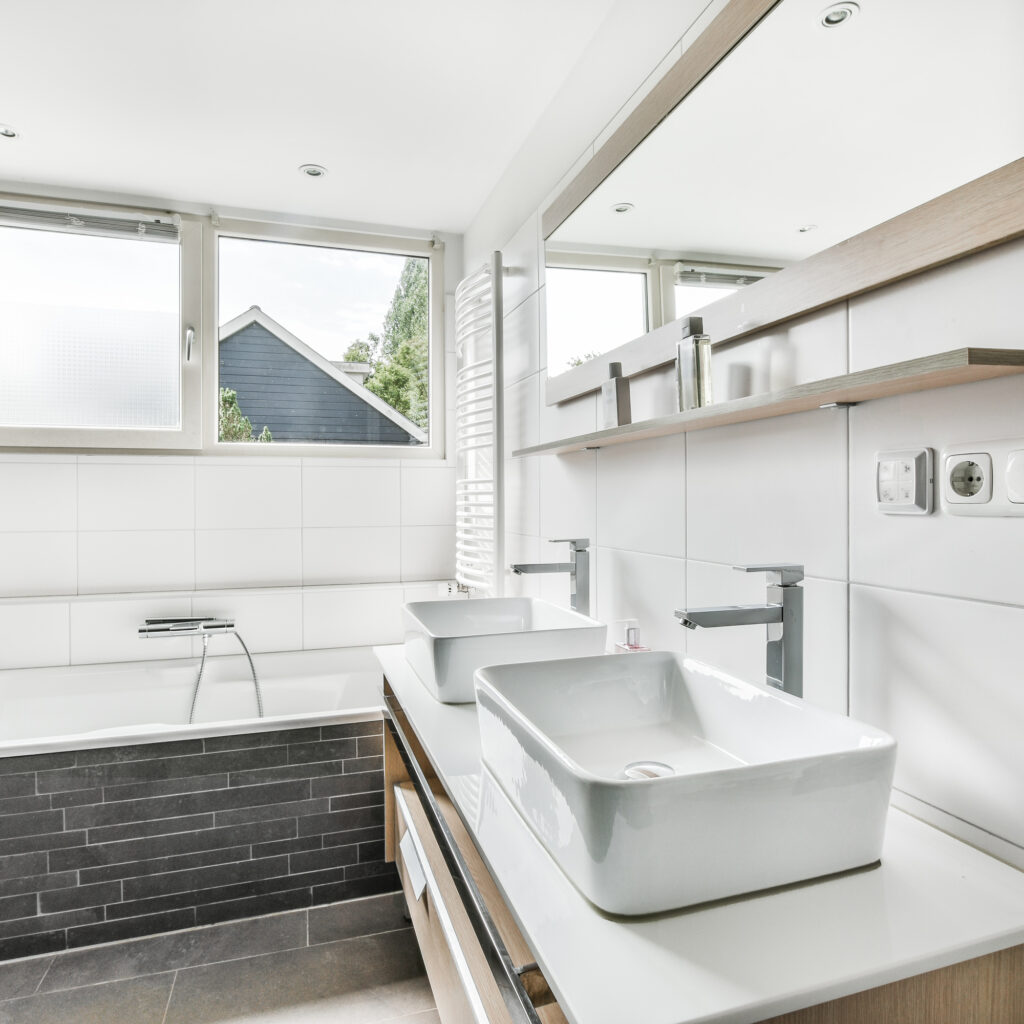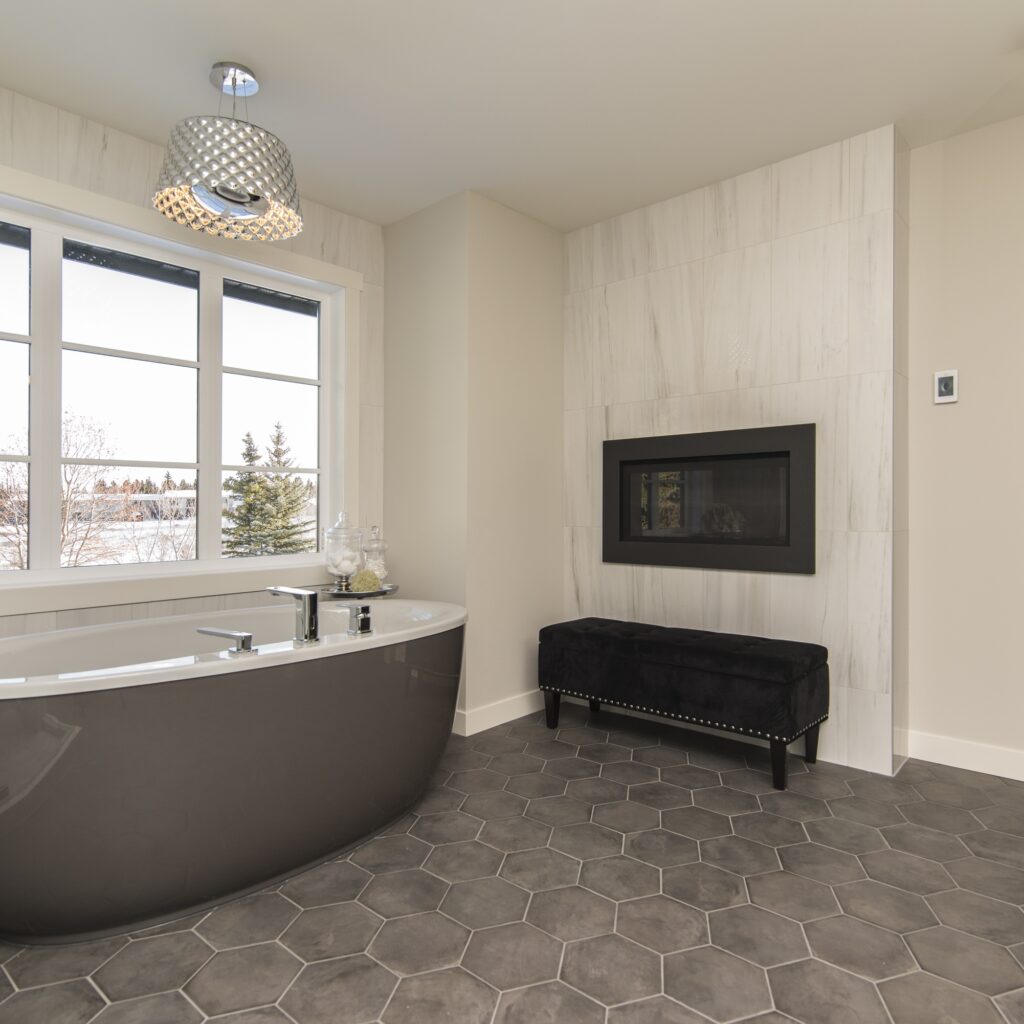Bulk carriers don’t usually steal the spotlight in shipping media. They’re utilitarian, robust, and designed to haul raw materials like coal, ore, and grain — the invisible arteries of industrial economies. Yet as the global maritime sector embraces digitalization, sustainability, and automation, the bulk segment is undergoing one of its most important transformations in decades.
New technologies are reshaping how these vessels are designed, operated, and maintained — not with showy features, but with smart, practical upgrades that deliver real-world efficiency.
Advanced Cargo Handling for Higher Stakes
Bulk cargo is often unstable by nature — prone to shifting, liquefying, or deteriorating during long voyages. That risk is pushing innovation toward smarter cargo management.
Today’s bulk carriers are being fitted with specialized moisture sensors in cargo holds to detect the early signs of liquefaction, particularly for high-risk cargoes like bauxite or nickel ore. Onboard systems now adjust airflow based on real-time humidity readings and route forecasts. This is especially important for grain shipments, where spoilage, fermentation, or insect infestation can damage not only the cargo but also a shipper’s reputation.
What’s evolving is the approach: operators are no longer treating cargo as passive. They’re treating it as a dynamic element, requiring its own set of technologies and controls.
Digital Integration: From Port-to-Port to End-to-End
The bulk sector has traditionally lagged behind container shipping in digitization. That’s changing quickly. Shipowners are embracing tools that connect vessels into wider logistics chains — not just tracking their position, but also syncing cargo data, port scheduling, and condition reporting into unified platforms.
Here’s where digital innovation is making the biggest impact:
- Real-time tracking that includes ETA accuracy, weather updates, and bunker usage
- Cargo condition monitoring that shares temperature, humidity, or gas levels mid-voyage
- e-Bill of Lading systems that digitize documentation and reduce fraud or delays
- Blockchain-based recordkeeping for traceable, tamper-proof commodity certifications
This kind of integration doesn’t just streamline operations — it makes bulk shipping more transparent and commercially competitive.
3. Retrofit or Rebuild? Strategic Fleet Upgrades
With environmental regulations tightening — from IMO’s EEXI to CII — owners of bulk fleets face a tough decision: retrofit aging tonnage, or invest in cleaner, more efficient newbuilds?
Retrofitting is evolving from basic upgrades to smart, emissions-focused overhauls. Many vessels are now being fitted with air lubrication systems, propeller enhancements, or even wind-assist devices like rotor sails. These changes can yield fuel savings of 5–10% without the need for a full rebuild.
Newbuilds, on the other hand, are being designed with future fuels in mind. Many are “ammonia-ready” or “methanol-prepped,” even if they still run on conventional fuel today. Modular engine rooms and flexible storage layouts give owners the option to upgrade as fuel tech matures.
The goal isn’t just compliance — it’s to future-proof the fleet for the shifting economics of global shipping.
4. Predictive Maintenance: Reducing Risk, Extending Life
As operational downtime becomes more expensive, predictive maintenance is emerging as a powerful solution for bulk operators looking to stretch the service life of their ships.
Modern bulkers are equipped with a growing array of onboard sensors — tracking engine temperature, shaft torque, vibration, and fuel efficiency. This data is sent in real time to shore-based teams who use predictive analytics to flag issues before they become breakdowns.
Benefits of predictive maintenance include:
- Fewer emergency repairs and unplanned drydocks
- Improved safety by identifying structural fatigue early
- Smarter budgeting for maintenance and spare parts
- Stronger compliance with class and chartering standards
For high-frequency trade routes, predictive maintenance isn’t a luxury — it’s fast becoming a necessity.
5. Supporting Smaller Crews with Smarter Systems
Crew sizes on bulk vessels have gradually shrunk over the years. As crews become leaner, the importance of onboard technology rises — not to replace people, but to support them.
Integrated bridge systems now bring navigation, engine diagnostics, and weather routing into a single, simplified interface. Augmented reality tools allow engineers on shore to visually guide onboard crew through complex procedures. Even wearables — smartwatches and biometric trackers — are starting to play a role in fatigue monitoring and emergency alerts.
This human-tech balance is critical. Smart ships aren’t crewless; they’re crew-enabled.
6. Onboard Energy Systems: Efficiency Beyond the Engine
Fuel efficiency no longer stops at propulsion. Today’s energy optimization strategies also target auxiliary systems — lighting, HVAC, cranes, and hotel loads.
Some emerging approaches:
- Battery packs to power port operations or support hybrid propulsion during slow-steaming
- Solar arrays installed on deck or bridge roofs for auxiliary power
- Hydrogen fuel cells (in trials) for zero-emission electricity on board
- Energy management software to automate power distribution and reduce waste
These upgrades help vessels meet port-based emissions regulations and position them for green corridor initiatives in the near future.
7. Longer-Lasting Hulls Through Smarter Materials
Shipbuilders and owners alike are exploring new materials and coatings that can lower fuel use, extend drydock intervals, and reduce environmental impact.
New hull coatings, for example, use nanotechnology or self-polishing formulas to minimize drag and resist biofouling. These not only improve speed and efficiency but also reduce the need for chemical cleaning. Meanwhile, corrosion-resistant alloys are being applied in high-wear zones like ballast tanks, dramatically cutting down on maintenance over time.
Combined with onboard structural health sensors, these innovations are helping operators extend vessel lifespans while reducing risk and repair costs.
Final Thoughts: Evolution Without Noise
Bulk carriers may not get the same attention as high-tech LNG ships or electric ferries — but that’s not for lack of innovation. Across their systems, materials, and workflows, these ships are undergoing a quiet revolution.
They are:
- Becoming more intelligent in how they handle sensitive cargo
- Digitally integrated with wider supply chains
- Optimized for fuel and energy efficiency from bow to stern
- Supported by smarter, smaller crews using cutting-edge tools
- Built for durability through new materials and monitoring systems
This is not just modernization for its own sake. It’s a targeted, thoughtful reinvention that positions the bulk shipping sector to meet the future of global trade — efficiently, sustainably, and competitively.


